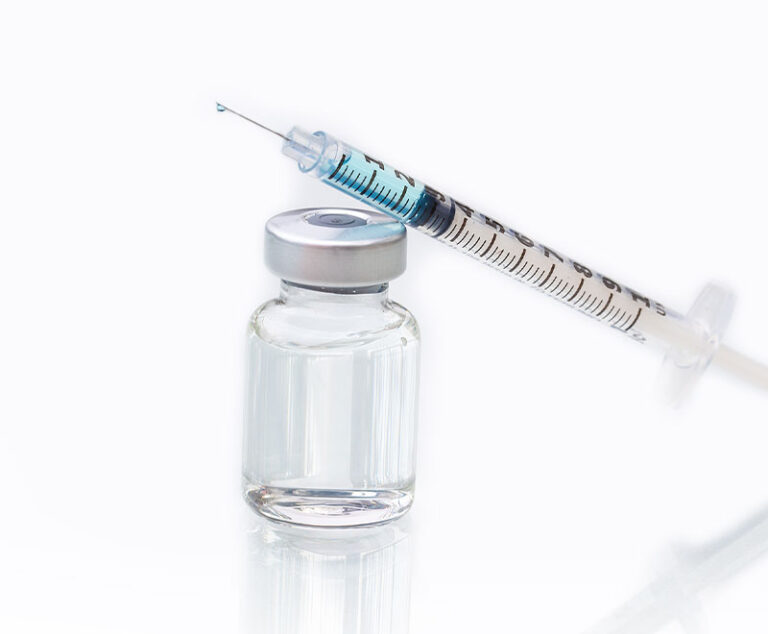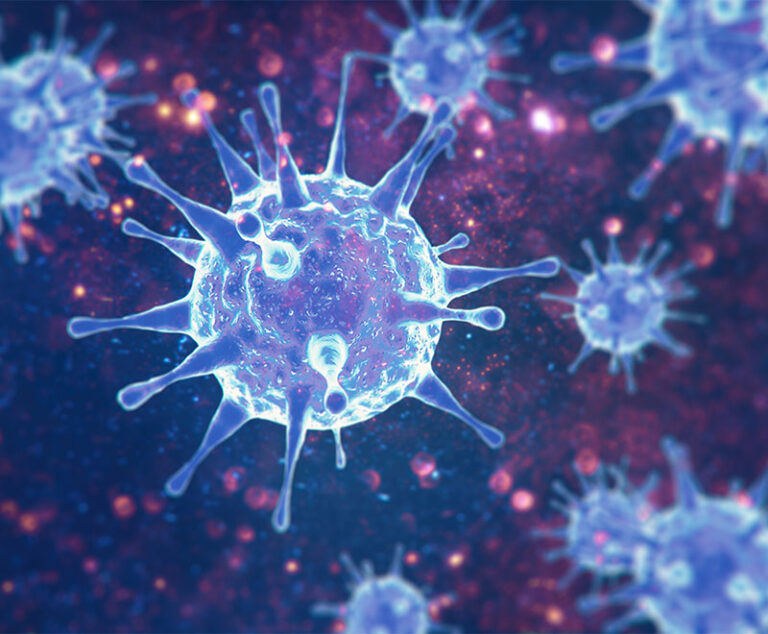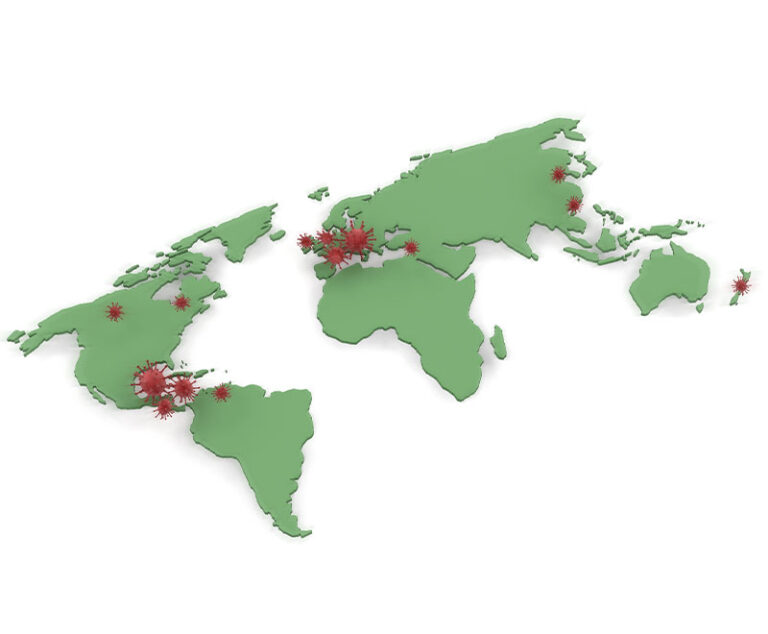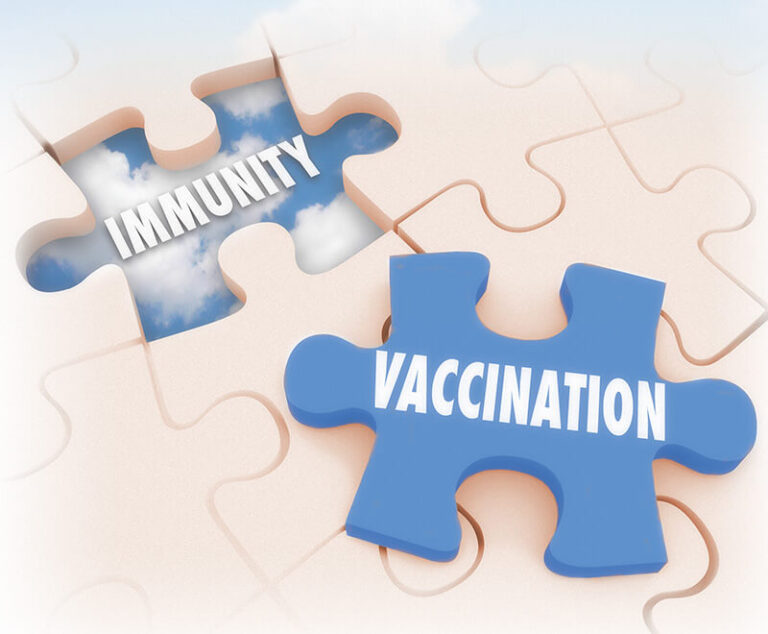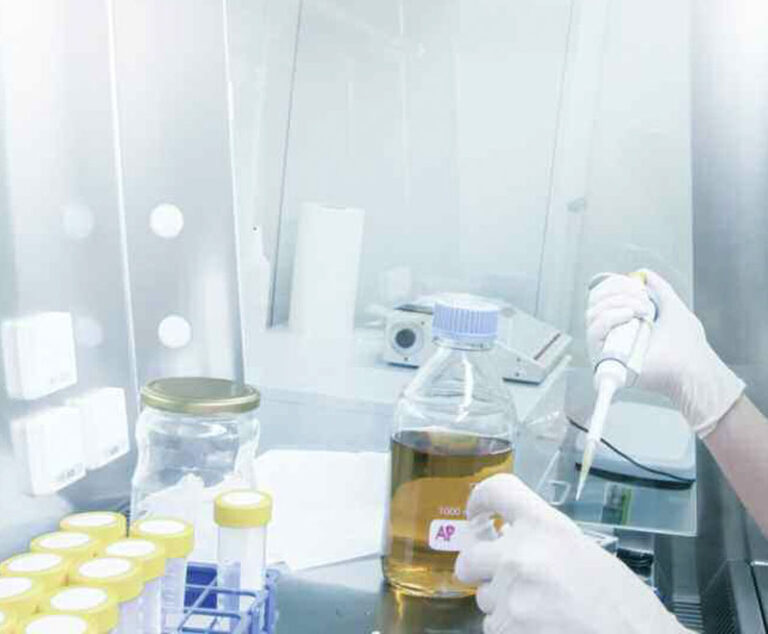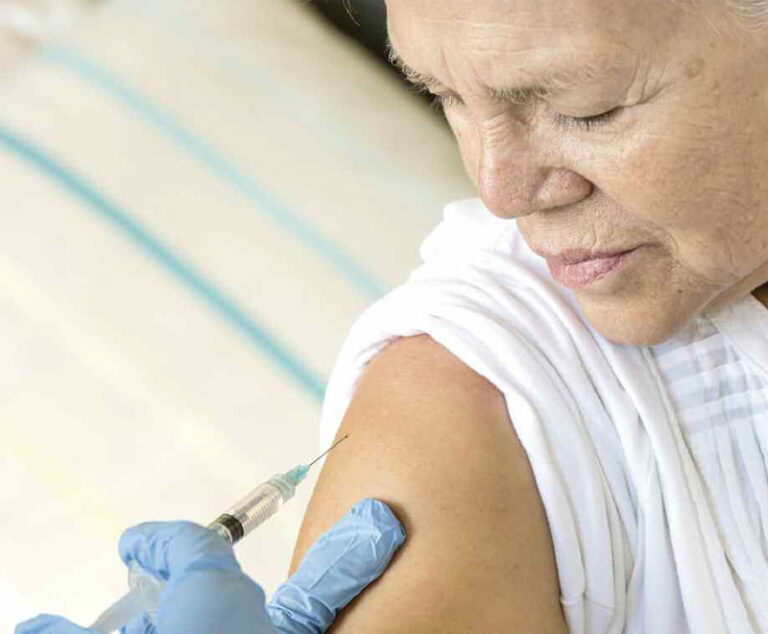Industry Insight
Information, Observation & Analysis
Influenza Articles
Shortages and recent spikes in egg prices have boosted public awareness that a “bird flu” is devastating domestic poultry flocks across the country. Since its arrival in the U.S. in January 2022, more than 166 million farmed poultry animals have been sacrificed in an attempt to control the spread of H5N1, a highly pathogenic avian influenza A (HPAI) featuring H5 hemagglutinin and N1 neuraminidase surface proteins (H5N1).
“Scientists have identified components of the influenza virus that do not really change muchat all. The critical challenge is getting a vaccine to induce a response to those components.”
— Anthony Fauci, MD, Director, National Institute of Allergy and Infectious Diseases
For decades, scientists have discussed the concept of a “universal” flu vaccine that could provide broad protection against seasonal and pandemic influenza viruses, and we now have a number of promising vaccine candidates with a realistic chance to fulfill the dream.
The best defense against influenza remains annual immunization against emergent influenza strains.
It’s not a matter of if, but rather when, the next flu pandemic will occur, so preparations are being made now to save lives and reduce costs.
Recent U.S. Food and Drug Administration advisory committee strain recommendations could make this season’s influenza (flu) vaccine more effective than ever. But, will an epidemic of public apathy undermine immunization efforts?
The efficacy of influenza (flu) vaccines has been greatly improved over the past several decades, but the flu virus still severely sickens hundreds of thousands of individuals each year. Is it possible that scientists have discovered a way to change that?
Influenza vaccination represents one of the most cost-effective treatment modalities available to the older adult population.
With the advent of new products with new manufacturing processes and added protection, the number of available influenza vaccine presentations has risen to 13. Which ones to choose for your patients can be simplified with a look at the pros and cons of the new compared with the traditional.
Despite evidence that vaccinating healthcare workers against influenza helps to protect patients, many still refuse — even during the worst flu season in nearly a decade.
The flu virus has claimed millions of lives. Examining past outbreaks, researching strain mutations and monitoring global epidemic statistics may help us better predict and possibly prevent future pandemics.
A new class of quadrivalent flu vaccines may better protect against influenza.


